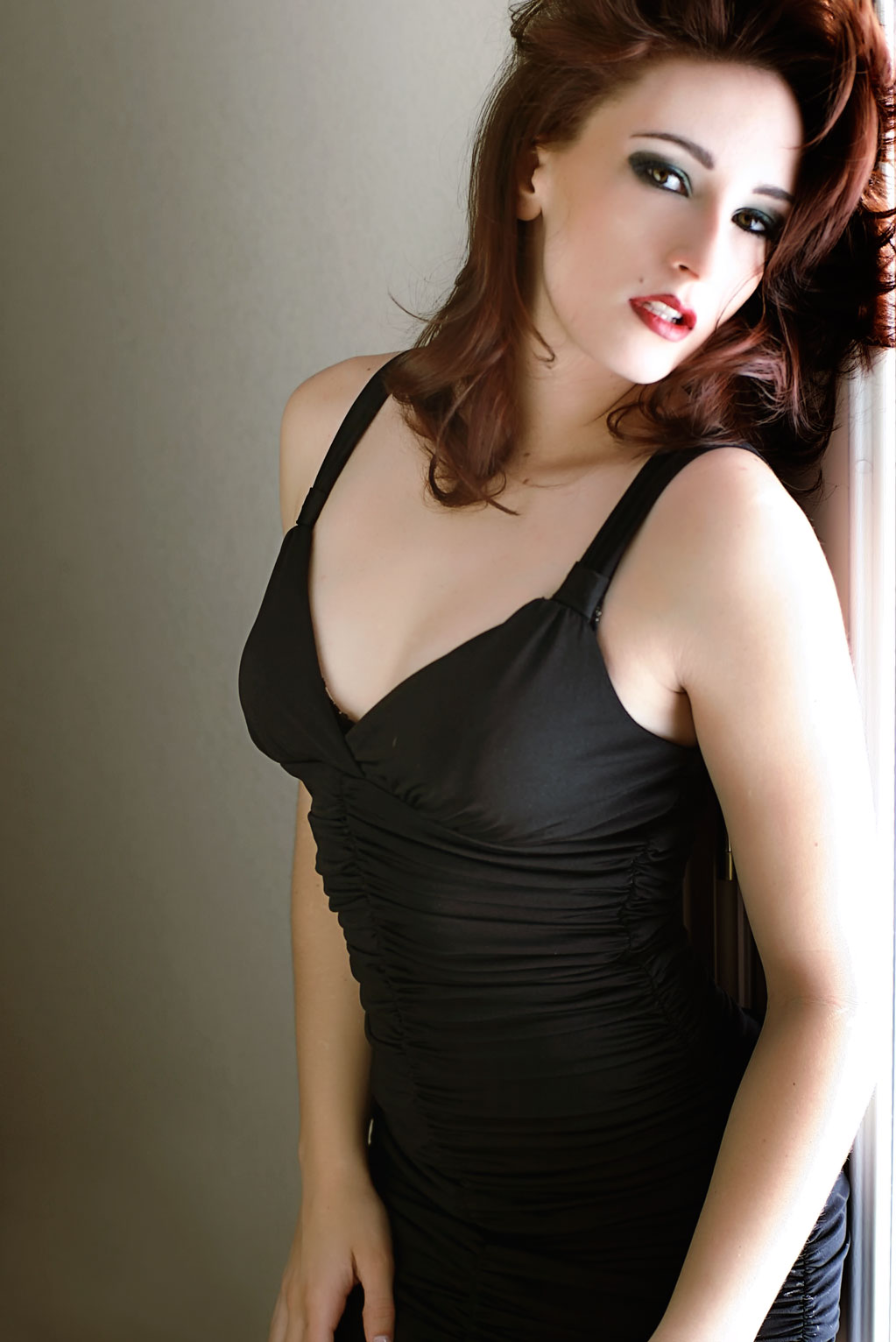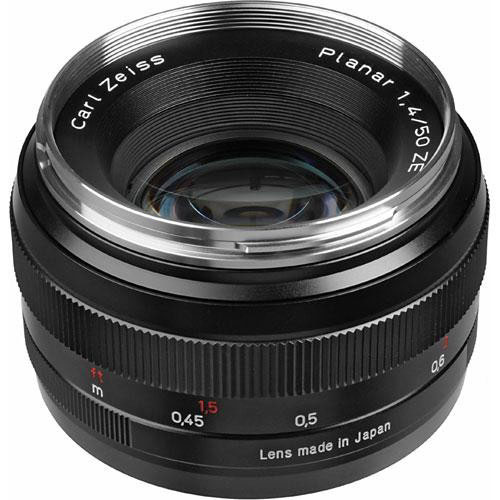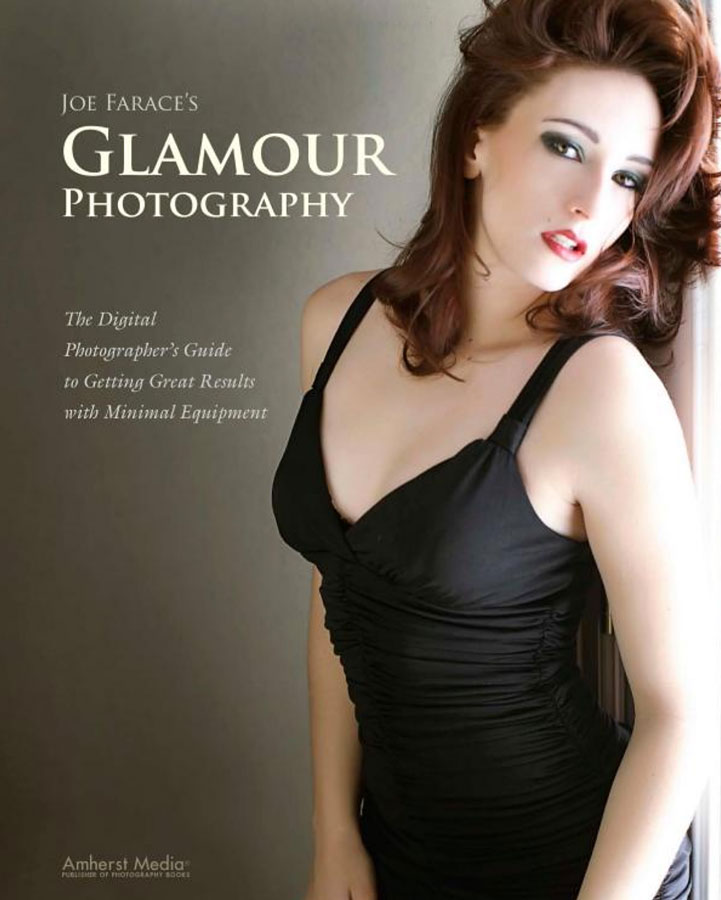Today’s Post by Joe Farace
“The subject must be thought of in terms of the 20th century, of houses he lives in and places he works, in terms of the kind of light the windows in these places let through and by which we see him every day.”—Arnold Newman
 I don’t have a standalone studio anymore and instead have a home studio that’s located in the finished basement of my home here on Daisy Hill. In the somewhat distant past, Mary and I had a standalone studio that was located south of Denver in a lovely office park next to a golf course. After that and for a long time, I made all my portraits on location or in the unfinished basement of my former house before moving to my current home nine years ago.
I don’t have a standalone studio anymore and instead have a home studio that’s located in the finished basement of my home here on Daisy Hill. In the somewhat distant past, Mary and I had a standalone studio that was located south of Denver in a lovely office park next to a golf course. After that and for a long time, I made all my portraits on location or in the unfinished basement of my former house before moving to my current home nine years ago.
When some photographers look at the homegrown portraits I shot in my former home and sometimes, my current one they ask, “How big is your house?” The truth is that my former home, where I made many of the images found in my last three books was a small house that was in a working class neighborhood. The size of my current one is close to the 2687 sq ft that, according to the Census Bureau, is the current average house size.
Living in Colorado, it gets cold in the winter and sometimes it snows, lots of snow. (It’s snowing as I type this.) If I lived in Florida I might have a different way of choosing shooting locations but nowadays for much of the year I shoot most of my portrait and glamour images in my 11×15-foot home studio. Although that seems to be be slowly changing to more location photography and may change a lot in 2020. You’ll see it happen here in near-real time. That’s why I believe you can make photographs anywhere by making the most of what you so have. Instead of complaining that you don’t have a studio, use your imagination.
 How I Made this shot: Look for indoor locations where the best light is found. While it seems obvious, many photographs are made in locations where the photographer or their subject decides to make it. This may (or may not) work for outdoor locations but for indoor portraits you should place your subject where the light is best. You should also make the portrait with wider apertures to soften and blur the background and focus attention on your subject.
How I Made this shot: Look for indoor locations where the best light is found. While it seems obvious, many photographs are made in locations where the photographer or their subject decides to make it. This may (or may not) work for outdoor locations but for indoor portraits you should place your subject where the light is best. You should also make the portrait with wider apertures to soften and blur the background and focus attention on your subject.
In my former home, one of my favorite place to shoot portraits was the dining room that had a outside door with an almost full length window and where I liked to shoot window-light images, many of which you have seen on this blog. The light could be modulated by opening and closing mini-blinds attached to the door. You may have a similar location in your home, and never thought a particualr location would be a great place to make a portrait or two. Think about it now.
This portrait of Kelsey was captured in the dining room (the table is just out of camera range to the left of her) of my former home with available light coming from the door at camera right with a Westcott Illuminator reflector at camera left for fill. Camera was a Canon EOS 1D Mark IIN and Zeiss Planar T* 50mm f/1.4 ZE lens. Available light exposure was 1/250 sec at f/3.2 and ISO 400.
Kelsey appears on the cover of my book, Joe Farace’s Glamour Photography, which is available new from Amazon for $21.36 or used starting at $6.20, as I write this. The Kindle version is $19.99 for those preferring a digital format. Here’s a special offer: The first reader who signs up for a Supporter or VIP membership account on my Patreon will receive a free, signed copy of my book Available Light Glamour Photography.
